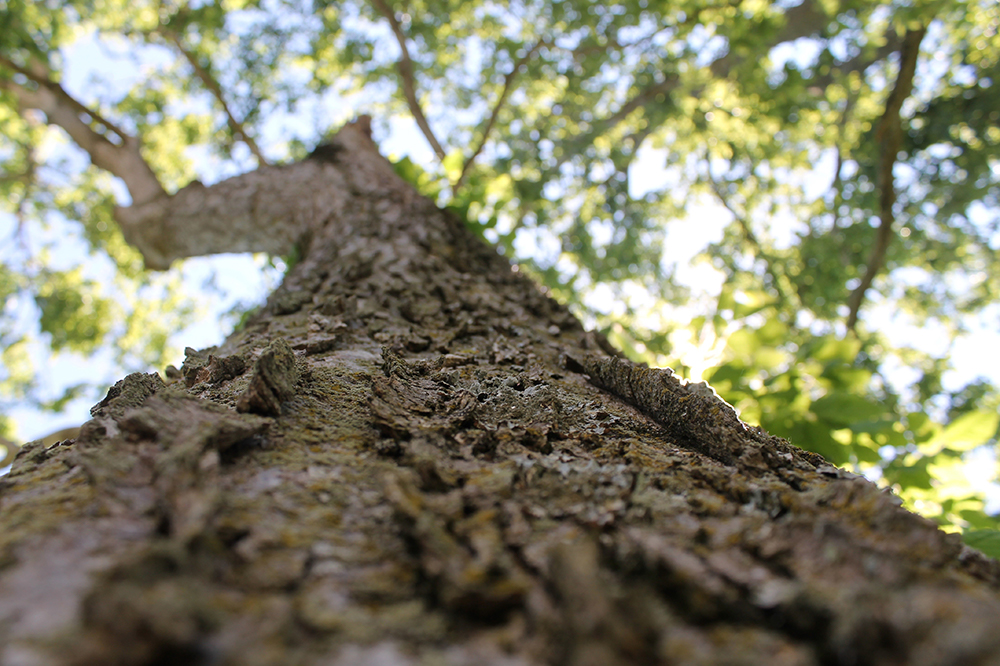Mature Tree Care

A mature tree provides value to your home and street. It shades and cools the air, reduces energy consumption, removes pollutants, and adds beauty to your neighborhood.
Older trees require less active maintenance than newly planted trees. A well established tree will usually remain healthy in the absence of major stressors such as drought, construction, pests, or disease. However, if health or site conditions change, this can create risk that requires management. It is important to notice changes and know how to respond.
Street Trees

For many of us, the trees that we see most frequently are planted along the streets outside our homes.
In the District, street trees are managed by the Urban Forestry Administration – a division of the District Department of Transportation.
If you notice trees that need to be inspected, pruned or removed by a city arborist, call 311 or go to 311.dc.gov. You can also request a tree if you see possible planting locations.
Basic Care
Water: In times of drought, established trees can benefit from additional watering. Unlike grass, trees prefer longer, more infrequent watering sessions. One easy technique is to set a garden hose to trickle water for several hours.
Mulch: A wide, shallow (< 3 inch), ring of mulch will improve the soil around the tree and reduces competition from other vegetation. Mulch can be reapplied annually each spring or fall. Keep mulch away from the base of the trunk.
Construction Protection: Construction is a major source of mature tree decline and death – either by direct damage to roots or by changing site conditions (e.g. soil compaction, soil depth). Before beginning any construction projects, consult with an International Society of Arboriculture Certified Arborist to determine the possible impacts to your tree and the best ways to protect it.
Monitoring Tree Health: Observation is the best way to catch problems early. Become familiar with your tree’s normal appearance through the seasons. Call an arborist if you notice any unusual changes.
Pruning & Removal
As your tree ages, it may become necessary to prune branches in order to maintain the tree’s health and structure or the safety of people and property around it.
While most homeowners are capable of pruning very young tree by hand, more extensive work should be handled by qualified tree care companies. Tree pruning and removal can be extremely dangerous and should only be performed by adequately trained, equipped, and insured professionals.
Selecting a Tree Care Company: Research reputable tree care companies using a consumer rating agency such as Angie’s List or Washington Consumers’ Checkbook.
Get three estimates for the work. Make sure to specify all tasks that you require (e.g. stump grinding, log removal).
Make sure that the company you select is a properly licensed, insured, and has an ISA Certified Arborist on staff.
Removal Permits: In the District of Columbia, a permit is required to remove tree more than 44 inches in circumference.
Contact the Urban Forestry Administration for permits regarding tree removal. Permits for invasive or hazardous trees are free; healthy trees will be assessed a permit fee based on their size.
Additional Resources
Download Mature Tree Care Brochure
311: Submit tree planting, pruning, removal, and inspection requests.
U.S. Forest Service Tree Manual: Downloadable publication with in-depth tree care information.
ASCA: The American Society of Consulting Arborists can help you find an arborist to objectively evaluate you tree.
ISA: Tree owner information and an arborist directory are available from the International Society of Arboriculture.